WebFlow Optimizer - Workflow Enhancement Tool

Optimize your workflow with AI power.
Iniciar Optimización de Flujo de Trabajo
Actualizar Optimización
Finalizar Optimización
Describir desafíos del proyecto web
Get Embed Code
Introduction to WebFlow Optimizer
WebFlow Optimizer is designed as a specialized assistant aimed at streamlining and enhancing project workflows, particularly in the context of software development and team collaboration. The core of its functionality revolves around analyzing existing project structures, identifying inefficiencies or bottlenecks, and proposing tailored solutions to improve efficiency, code quality, and team dynamics. Through its capabilities, WebFlow Optimizer addresses common challenges such as extended delivery times, suboptimal code practices, and insufficient collaboration among team members. An example scenario where WebFlow Optimizer could be utilized includes a development team facing delays due to repetitive manual testing. By implementing automated testing tools suggested by WebFlow Optimizer, the team could significantly reduce testing times, allowing for quicker iterations and product improvements. Powered by ChatGPT-4o。

Main Functions of WebFlow Optimizer
Project Analysis
Example
Evaluating a software development team's use of version control systems and branching strategies to identify inefficiencies.
Scenario
In a scenario where a team uses a complex branching strategy that leads to merge conflicts and delays, WebFlow Optimizer might suggest simplifying the strategy or adopting a tool that better manages merges.
Identification of Challenges
Example
Identifying slow deployment times as a bottleneck for a web development team.
Scenario
For a team struggling with slow deployment times, WebFlow Optimizer could pinpoint the lack of CI/CD pipelines as a core issue, suggesting the integration of automated deployment tools.
Generation of Solutions
Example
Recommending the adoption of containerization technologies like Docker to improve environment consistency and reduce 'works on my machine' issues.
Scenario
If a team frequently encounters discrepancies between development, testing, and production environments, WebFlow Optimizer would propose containerization to encapsulate the environment and dependencies, streamlining development and deployment processes.
Planning of Implementation
Example
Creating a detailed roadmap for the integration of a new project management tool within a software team's workflow.
Scenario
Upon identifying the need for better project management tools, WebFlow Optimizer would outline a step-by-step plan for adopting and training the team on a platform like Jira or Trello, including timelines and resource allocation.
Continuous Evaluation
Example
Setting up a framework for periodic reviews of the implemented changes to ensure they meet the project's evolving needs.
Scenario
After implementing new tools or workflows, WebFlow Optimizer establishes a review process to assess effectiveness and make adjustments, ensuring the solutions continue to align with project goals and team dynamics.
Ideal Users of WebFlow Optimizer
Software Development Teams
Teams engaged in software development projects, facing challenges with delivery timelines, code quality, or collaboration. These teams would benefit from WebFlow Optimizer's insights into improving workflows and adopting best practices.
Project Managers
Project managers overseeing technology projects, looking to optimize project delivery and streamline team communication and task management. WebFlow Optimizer can provide them with strategies to enhance project oversight and efficiency.
Technology Startups
Startups in the technology sector aiming to establish efficient development practices from the outset. WebFlow Optimizer's guidance can help them set up effective workflows, ensuring a strong foundation for growth and scalability.

How to Use WebFlow Optimizer
Start your journey
Initiate your experience at yeschat.ai, where you can access a free trial instantly without the need for login or subscribing to ChatGPT Plus.
Define your project
Outline your project's current workflow, including tools, technologies, and methodologies in use. This step is crucial for the optimizer to understand and document the existing structure.
Identify challenges
List specific problems or improvement areas within your current workflow, such as delivery times, code quality, or team collaboration issues.
Receive customized solutions
Based on the challenges identified, WebFlow Optimizer will propose specific strategies and tools to address these issues, enhancing efficiency and productivity.
Implement and evaluate
Follow the detailed implementation plan provided, including schedules, necessary resources, and success metrics. Establish a review system to assess the effectiveness of changes and make adjustments as needed.
Try other advanced and practical GPTs
Webflow Wizard
Empower Your Webflow Projects with AI
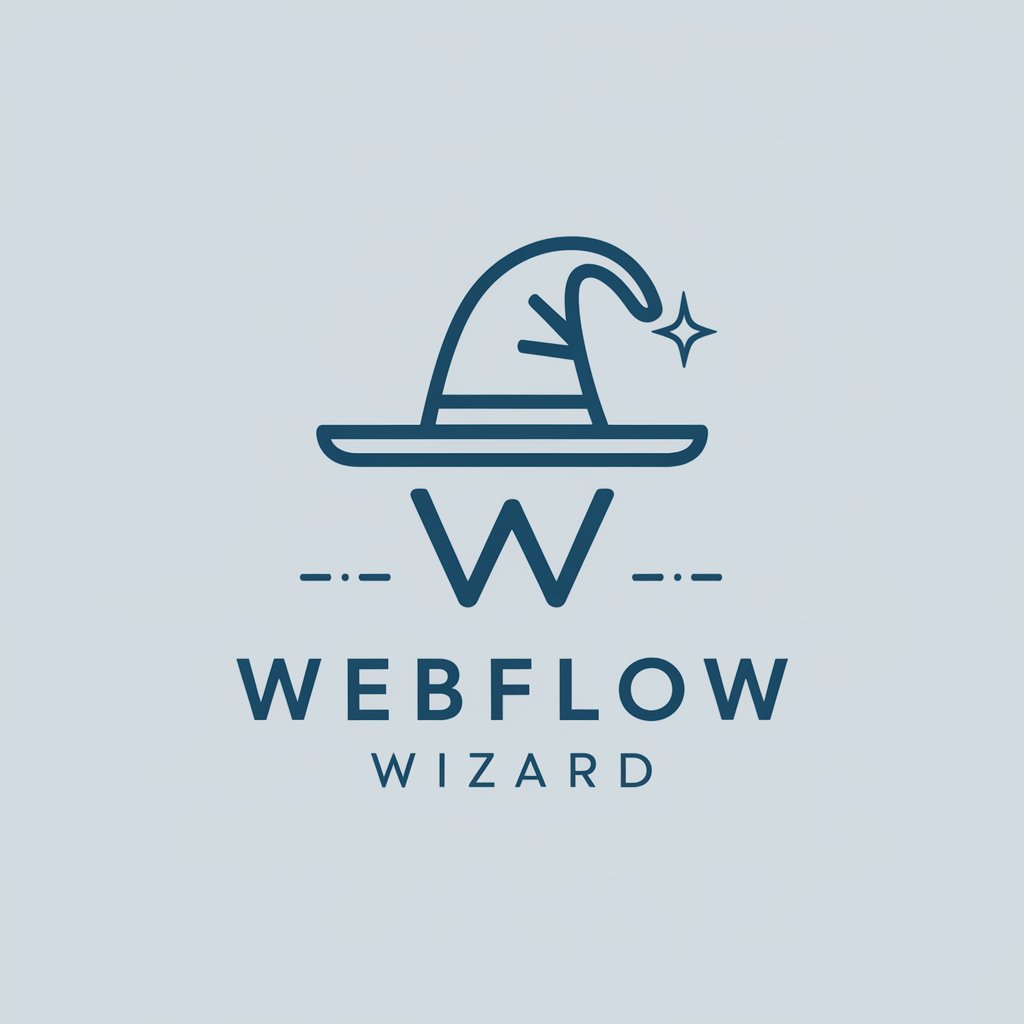
Webflow Wizard
Empower your web design with AI

Webflow Teacher
AI-powered Webflow expertise at your fingertips
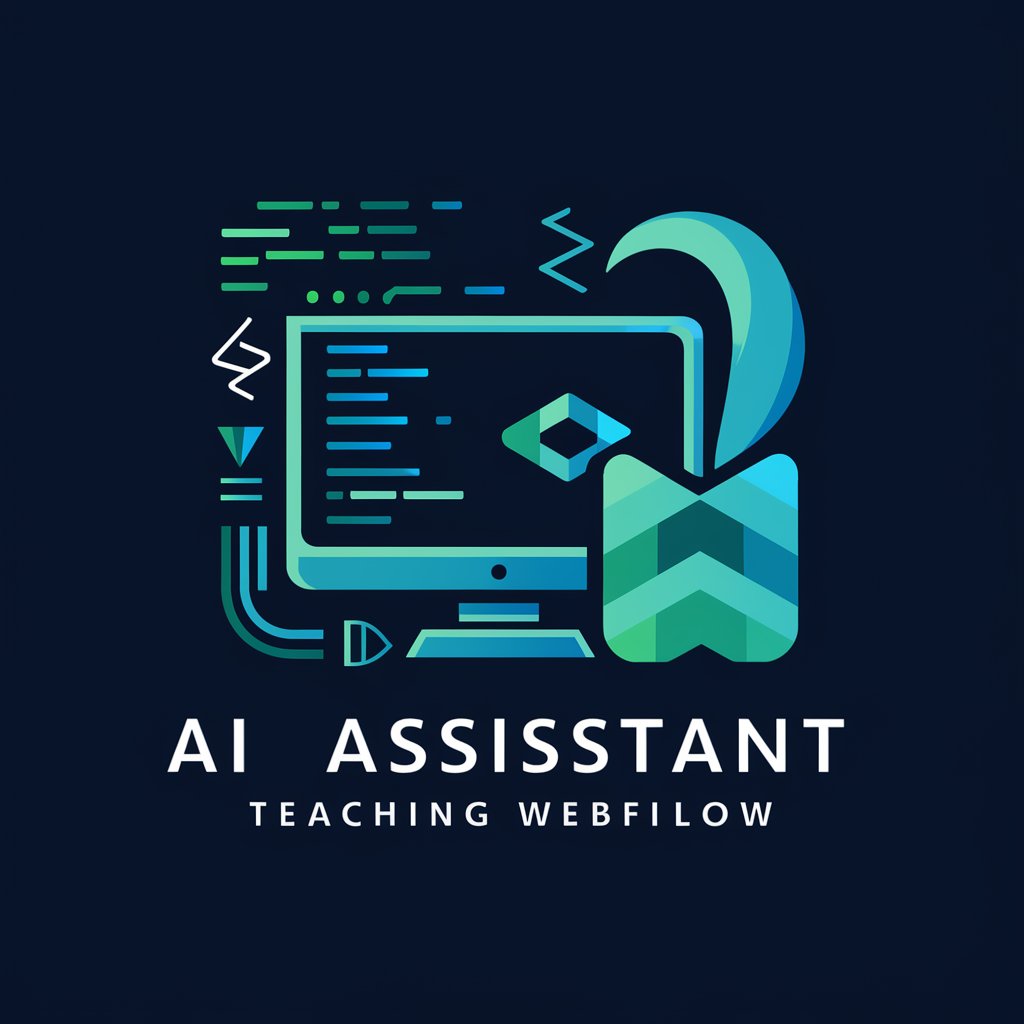
Webflow Wizard
Elevate Your Webflow Projects with AI
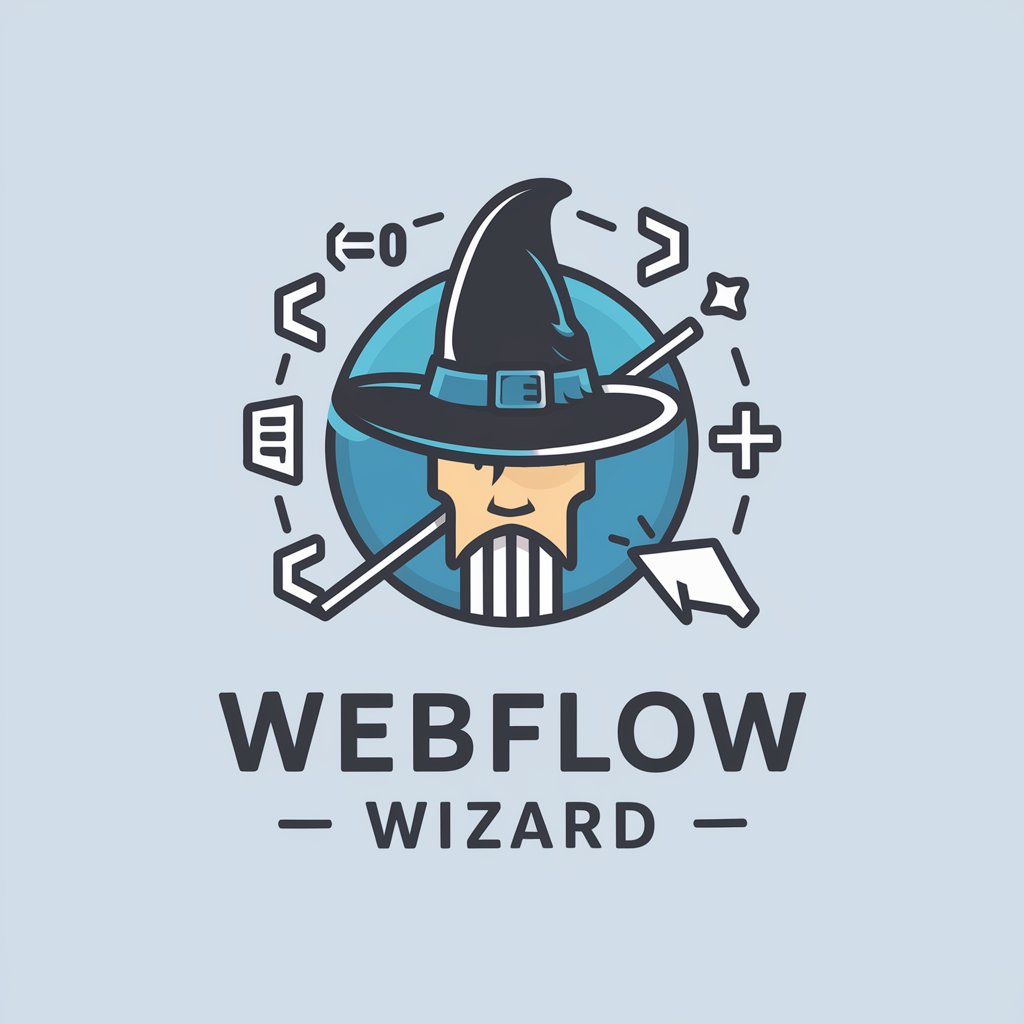
Webflow Wizard
Empower your Webflow sites with AI
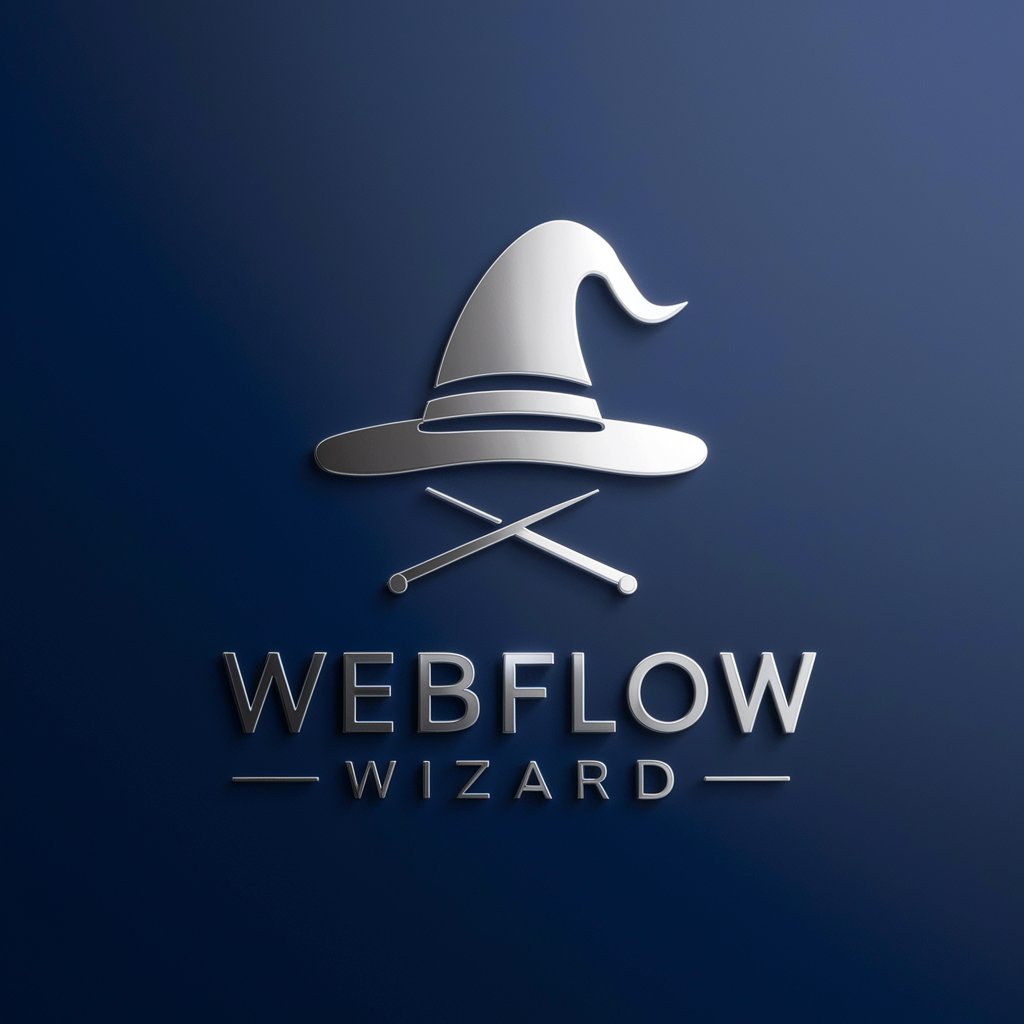
Pro Coding Environment
Elevate Your Coding Skills with AI-Powered Assistance

Webflow Wizard
Simplifying web design with AI-powered assistance
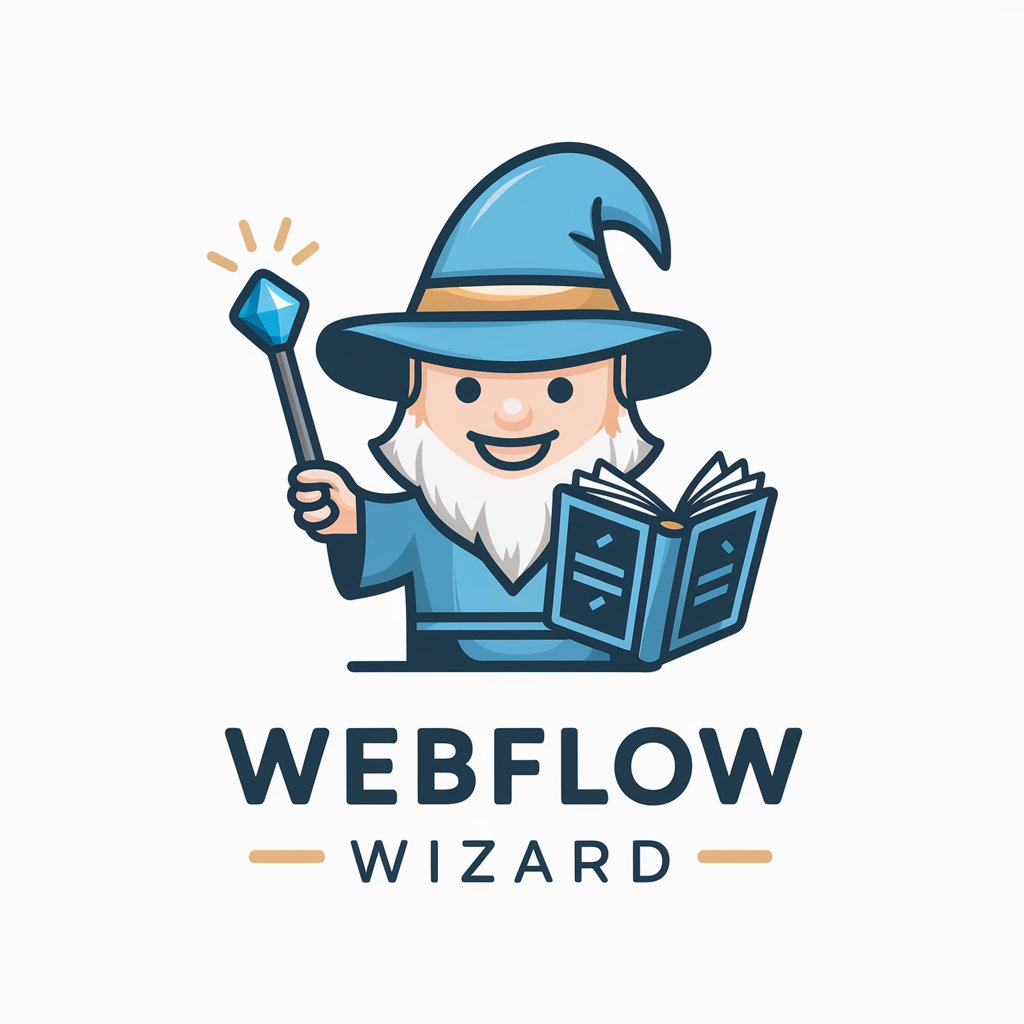
Webflow Code Wizard
Enhance Webflow with AI-powered code

EmojiPT
Speak in emojis, understand in text
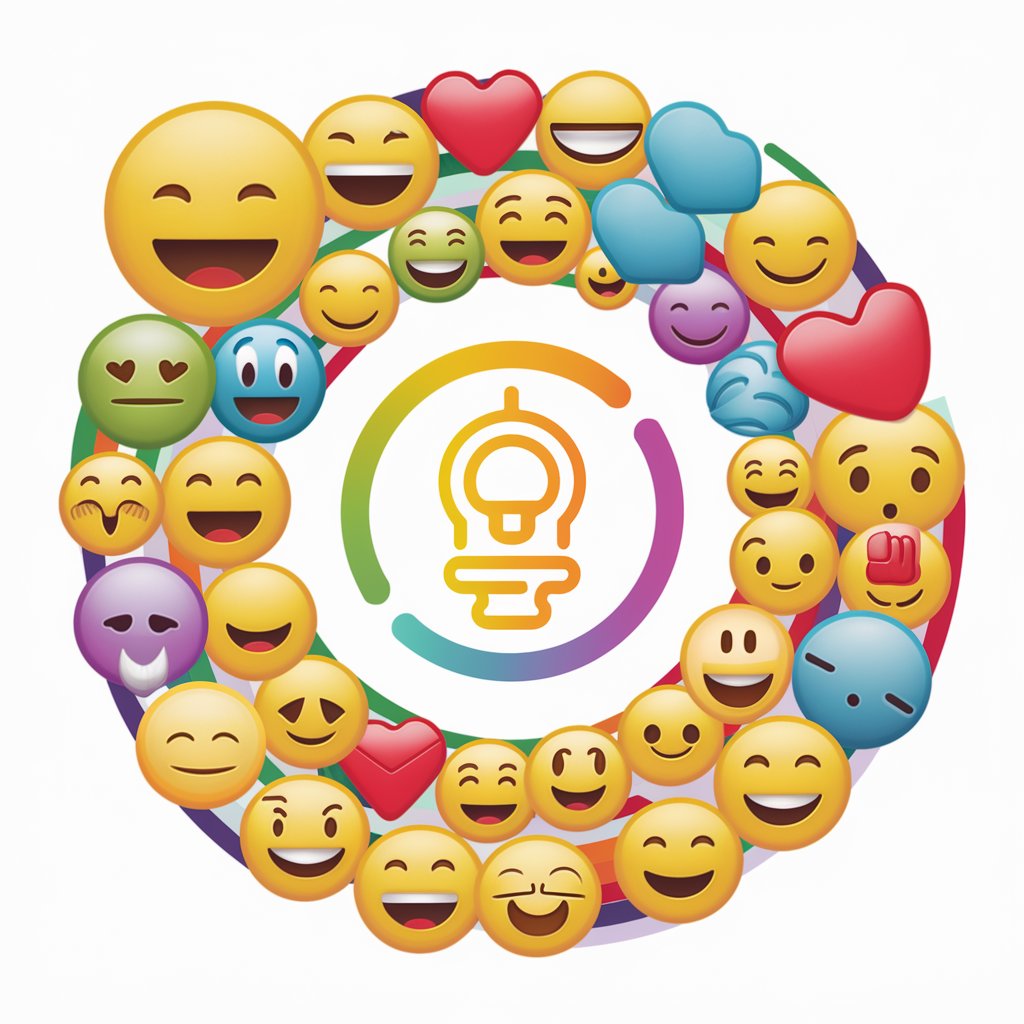
EmoJiPT
Unleash creativity with AI-powered emojis

EmojiGPT
Elevate messages with AI-powered emojis

EmoJIPT
Express more with AI-powered emojis.

Frequently Asked Questions about WebFlow Optimizer
What is WebFlow Optimizer?
WebFlow Optimizer is an AI-powered tool designed to enhance project workflows. It analyzes current structures, identifies challenges, and proposes optimization strategies.
Who can benefit from WebFlow Optimizer?
Project managers, software developers, and teams looking to improve their workflow efficiency and overcome specific challenges within their project structure.
How does WebFlow Optimizer identify project challenges?
It employs advanced algorithms to analyze your project's current workflow and tools, pinpointing inefficiencies and areas where improvements can be made.
Can WebFlow Optimizer suggest improvements for any type of project?
Yes, it is versatile enough to adapt its analysis and recommendations to a wide range of projects, regardless of the industry or complexity.
What kind of strategies does WebFlow Optimizer propose?
Strategies may include the integration of automation tools, revision of coding practices, or enhancements in team communication, tailored to your project's needs.
